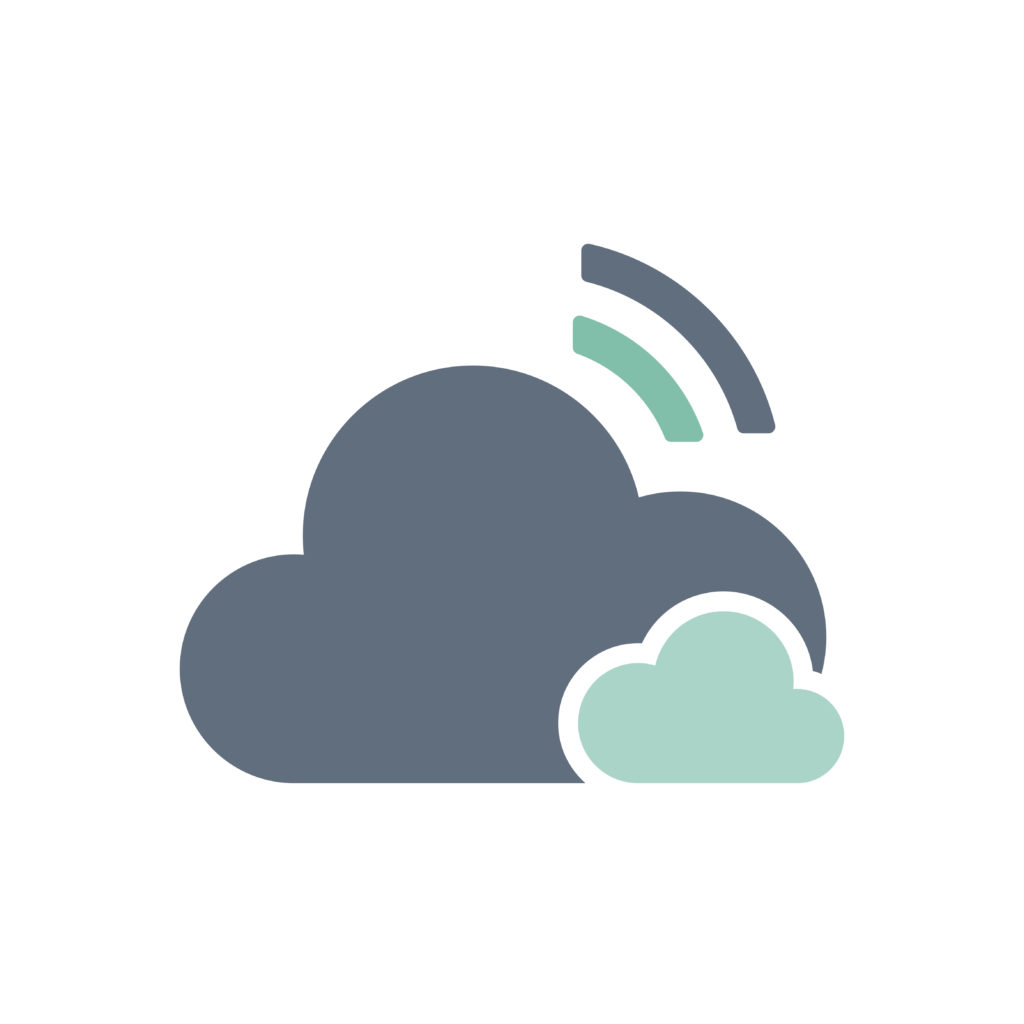Choosing a true Cloud based PMS
https://www.inngeniuspms.com/wp-content/themes/corpus/images/empty/thumbnail.jpg 150 150 admin admin https://secure.gravatar.com/avatar/d44e89ac73b3cca5b6ef23cb46b95f0a?s=96&d=mm&r=gWhen it comes to hotel operations, no times are more interesting than these, to borrow that oft-quoted Chinese curse (or blessing, depending on your perspective): “May you live in interesting times.” Competition in many lodging markets is more intense than ever. Guest expectations, particularly with respect to anytime, anywhere mobile engagement and information access, are through the roof. Hoteliers face a variety of other challenges, too, from rising labor costs and onerous OTA commissions to competitive threats from disruptive business innovation, home-sharing models being an obvious example. In short, the world is changing fast and hoteliers cannot afford to sit back and relax.
Perhaps the biggest challenge — and, also, the biggest opportunity — relates to the increasingly large role that technologies play in enhancing the quality of the guest experience. Foremost amongst these technologies are next-generation cloud property management systems (PMS). Most hoteliers who haven’t already upgraded to a cloud platform plan to do so shortly, if only to keep pace with others in the same competitive set. And while even the most advanced cloud PMS cannot address all the challenges hoteliers face, it can address many of them while setting the stage for continuous performance improvement.

The allure of the cloud is undeniable. Oft-cited benefits include elimination of on-site server hardware (and the day-to-day maintenance that goes with it) and software that is continually updated with the latest features and functionality, without the need to purchase and install each new release. Also, with a cloud solution it becomes much easier to integrate data from different sources and integrate other technologies. What’s more, a cloud solution usually allows for nimble technology stacks. If part of the integrated system becomes obsolete or fails, for whatever reason, new software can be readily plugged in to replace it.
Hotels have come to embrace the cloud somewhat belatedly compared to other industries. Some of the “blame” for the lagging cloud movement lands squarely with the hotel brands themselves. On-property legacy system solutions, including proprietary technology stacks built by internal IT departments for
exorbitant sums of money, have, ironically, become a hinderance to achieving optimal hotel performance. Having underestimated the need to migrate their product road map to the cloud, and hamstrung with legacy installations across thousands of customers, some major solution providers are also to “blame.”
As if to make up for lost time, hoteliers are now upgrading to next-generation cloud solutions in record numbers. Today nobody questions the cost savings that come from streamlining operations across all hotel functions and all parts of the property (or properties). By now, everyone can agree that having a cloud PMS is a prerequisite to improving guest satisfaction, speeding guest services — from check-in and housekeeping to concierge and maintenance response times — and enabling guest-facing interfaces, including self-service options. Hoteliers know that only by harnessing the power of data and analytics — core features of a cloud PMS — can they present guests with relevant and personalized offers, messages and treatments, further engendering satisfaction and loyalty.
But buyer beware: Not all cloud solutions billed as “next-generation” are worthy of that description. For that matter, not all cloud solutions are even truly cloud solutions. Fact is, some legacy on-premise solution providers, eager to jump on the cloud PMS bandwagon, engaged in what is commonly known as “cloud-washing.” Even today, solutions billed as cloud-based may not, in fact, be true cloud solutions. It is important to understand the difference between a “true cloud solution” and a “fake cloud solution.” Whereas the latter is built on software originally designed to run on-premise, a true cloud solution is built from the ground up, coded to perform as a fully-hosted cloud solution and optimized for tablet and mobile use. The solution provider hosts the solution across hundreds of servers and with multiple levels of data redundancy in a multi-tenant “pure cloud’ environment. Customers typically access the same solution via an internet browser, allowing for instantaneous product upgrades. A customization platform maintains property-specific changes following these software upgrades so that customers can gain immediate access to the latest functionality without having to re-implement custom changes and integrations.
- Posted In:
- InnGenius PMS Hospitality Blog
